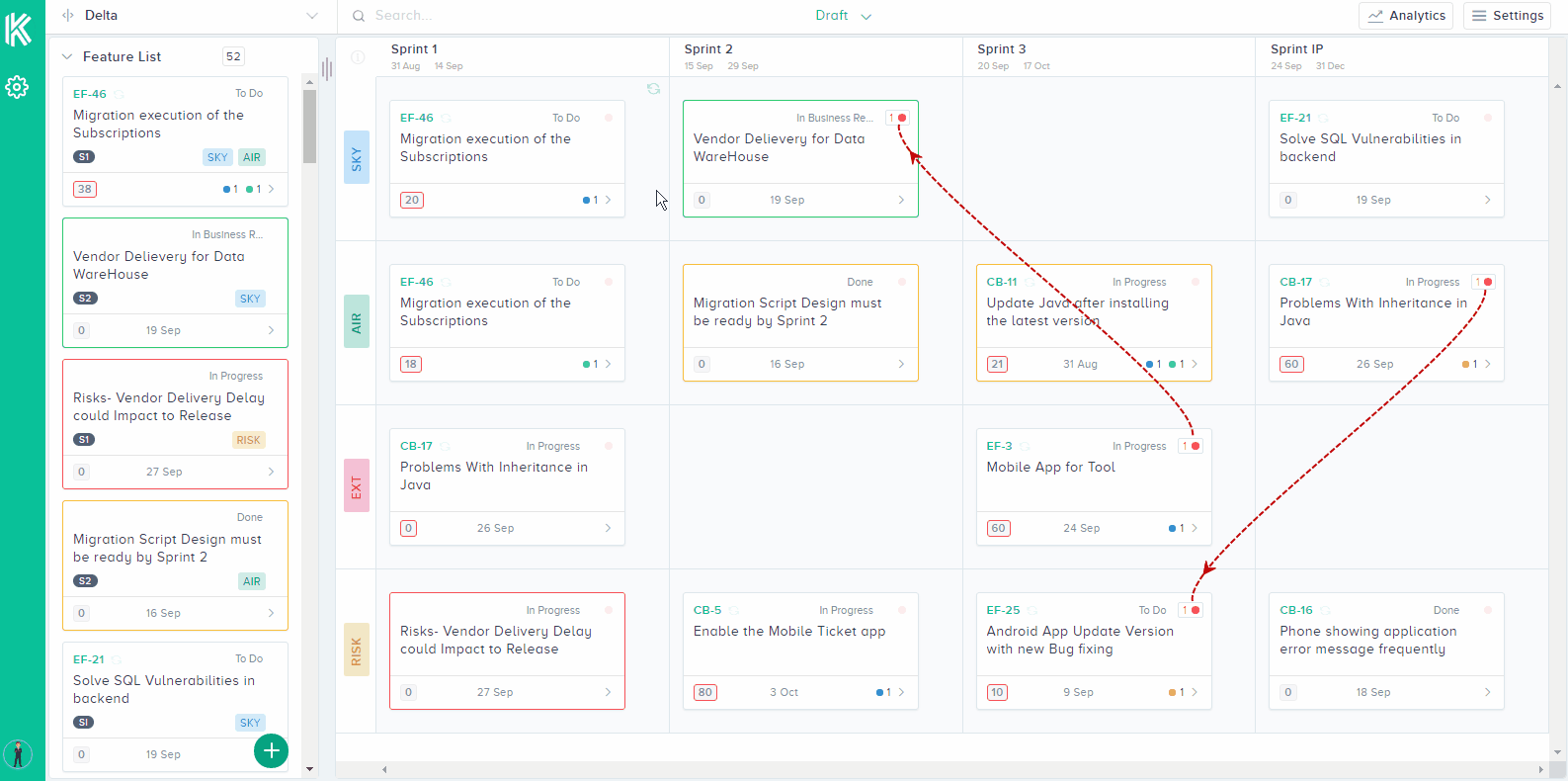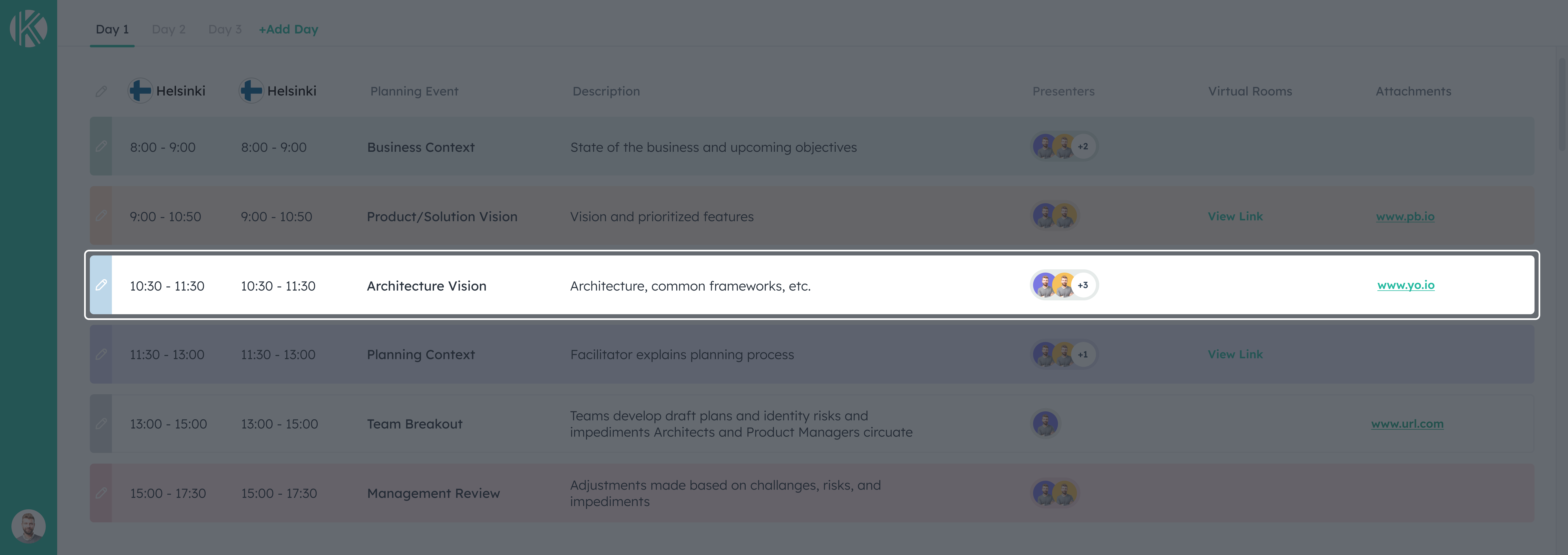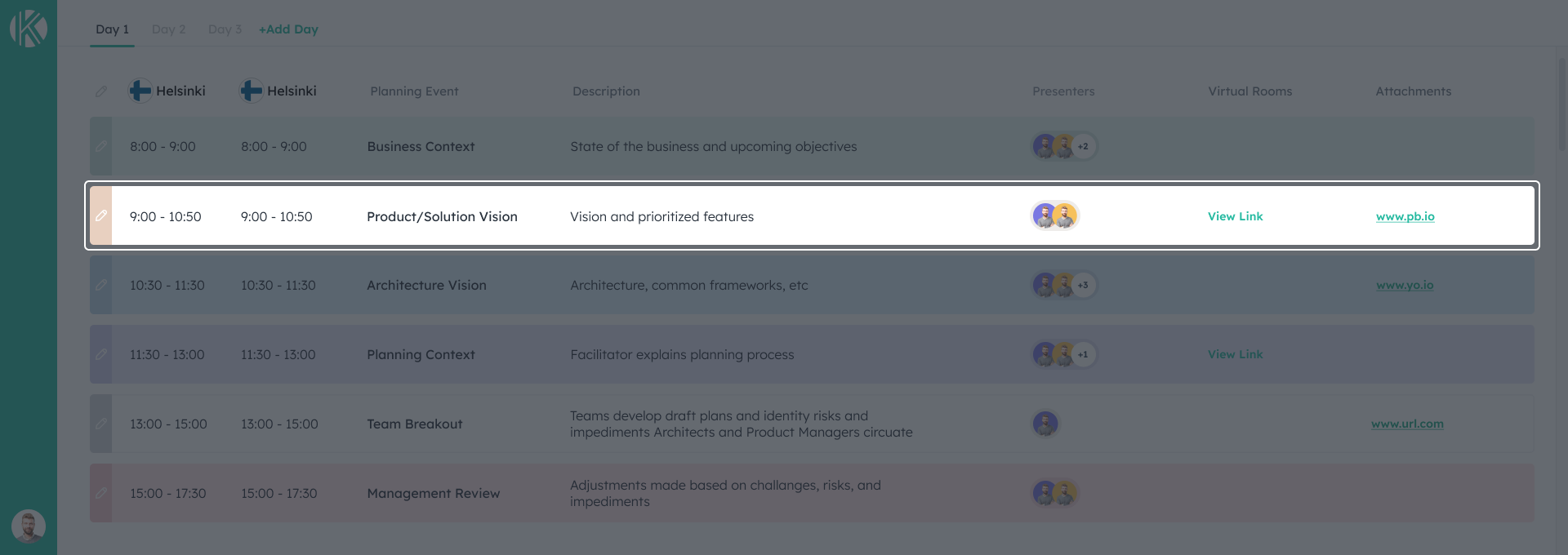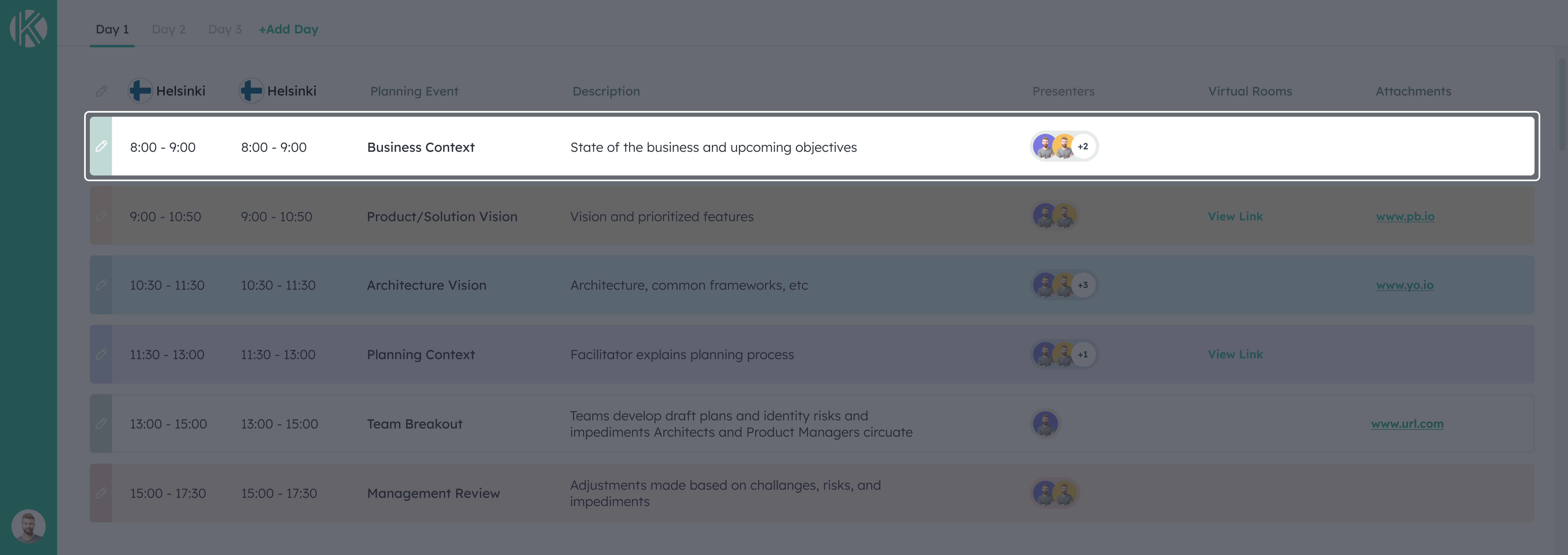What is Scaled Agile Framework?
Scaled Agile Framework (SAFe) allows enterprises to accomplish their organizational goals. It helps to align these objectives by emphasizing on collaboration, transparency and trust among the teams and the management.
It is an approach that scales Scrum to an Enterprise Level. It gives you the freedom to scale according to your business needs. This results in creating products of high quality in the shortest sustainable time.
The Transition to Scaled Agile Framework
Any enterprise can enormously benefit from SAFe. This article describes the steps that can help transform your organization to SAFe. To do this transition, you need to ask yourself these three questions:
- Why do you need to Change?
- What do you need to do to implement this Change?
- How will you implement this Change?
1. Why do you need to Change?
Reflect on your enterprise’s performance and structure. Clearly, understand why you need Scaled Agile Framework.
Typically, there are two types of organizations, that are looking for ways to grow:
- A Large Organization where processes are already defined. A change in the existing process is needed to meet rapidly changing needs of the competitive market and automated delivery chain is the crunch point.
- Companies that are growing rapidly and has a potential to emerge as an enterprise. They are unaware or lack the guidance to expand their operations globally. They are also not sure about their practical strategy about complex management and marketing.
It is vital to understand that SAFe is holistic. It is a diverse combination of activities and practices that guide how to scale an agile organization steadily. Before you read how to transform to SAFe, it is important to reflect and realize why you need to adopt SAFe. What is it that you want to change in your enterprise? Can SAFe really help you prosper?
2. What do you need to do to implement the Change?
You need to perceive and plan your goals. They need to be clear and definite. This will eventually help you form a solid vision. This is where possessing a Lean-Agile Mindset which is constituted by an understanding of both House of Lean and the Agile Manifesto is necessary. With that being said, you need to have Lean-Agile Leaders and management that acknowledge and convey Lean and Agile methodologies. This mindset will eventually drive SAFe.
3. How will you implement the Change?
Now you know why you need Scaled Agile Framework, it’s important to understand the application.
The diagram will help you understand the essential SAFe. It describes the ten steps necessary to transform to SAFe.

- Absolute Prerequisite for implementing SAFe is having a Lean-Agile Mindset and adhering to its Lean-Agile Principles. Understanding of these principles is the beginning.
- Self-organizing and self-managing cross-functional Agile Teams. These teams are part of the Agile Release Train that delivers value, incrementally. These teams rely on building in quality practices along with techniques of Lean and Agile such as Scrum, XP and Kanban.
- Cadence and Synchronization ensure that the teams are committed to a set release delivery routine and that their work is efficiently collaborated with each other.
- PI Planning is the heart of SAFe. It is when all the agile teams of the Agile Release Train come together and plan the objectives that need to be done in an iteration that usually lasts from 8-12 weeks.
- For a continuous delivery pipeline, DevOps and automation are implemented by the System Team. DevOps ensures that the developers and the operations are on the same page when delivering value to the customer. Releasability ensures that the value is delivered on time with fewer errors to the customer.
- A System Demo is held at the end of every Program Increment where the team presents the product that has been produced.
- Inspect and Adapt session is arranged to systematically address impediments and brainstorm solutions. At the end of the session, improvement backlog items are identified.
- The Innovative and Planning Iteration discusses the objectives that need to be fulfilled. It is an opportunity to brainstorm and innovate ideas that can be executed.
- Architectural Runway lays out the technical overall plan for the software product. It may utilize previously used components and make sure that new feature requirements are fulfilled by the design. This is to reduce any rework and to achieve goals without excessive redesign.
- Lean Agile Leaders will eventually drive Scaled Agile Framework. These leaders need to embrace leaner and agile methods to work. They also need to train, dispense and instill this to their teams.
Examples of Companies implementing Scaled Agile Framework
Reputable and notable names like HP, IBM, US Federal Government, Philips, Standard Bank, Context Matters, Australia Post, InfoSys, and Fitbit have implemented Scaled Agile Framework.
By looking at the growing number of scaling organizations, it is evident that companies are taking advantage of adapting to this change.
Unleash Your Organization’s True Potential to Scale Agile with Kendis
Kendis offers an all-inclusive solution to planning, tracking and managing your Program Increment and dependencies between distributed teams. It works on top of JIRA and other agile tools, your teams can keep on working with their existing JIRA boards and program level and above is planned and managed at Kendis.
Try out 10 days free trial or book a demo with our product expert.












Enjoyed reading through this, very good stuff, thankyou .